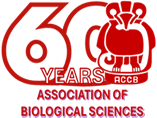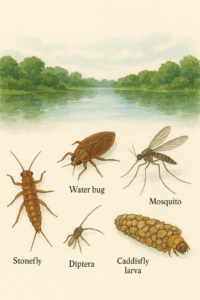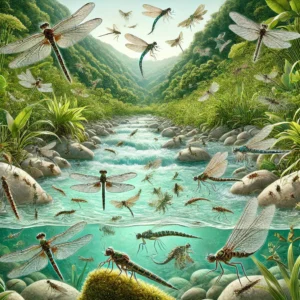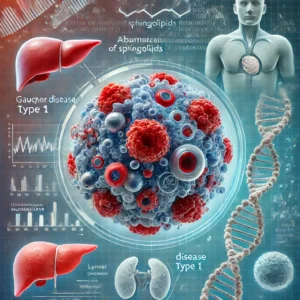Spatio-temporal diversity of the Elmidae family (Insecta:Coleoptera) of the Las Perlas stream (Ibagué, Colombia)
The results of this study correspond to the distribution records for the genera and species of this family in the Neotropics, so they are concurrent for making comparisons with other research on this family in Colombia at the same taxonomic level.
The Las Perlas micro-basin is an ecosystem with a low degree of intervention and this condition favored the diversity and distribution of elmidae throughout the study.
Thus, the reported taxa showed great affinity for the leaf litter and rock substrate, which are abundant in stations on the ravine that present abundant plant cover.








